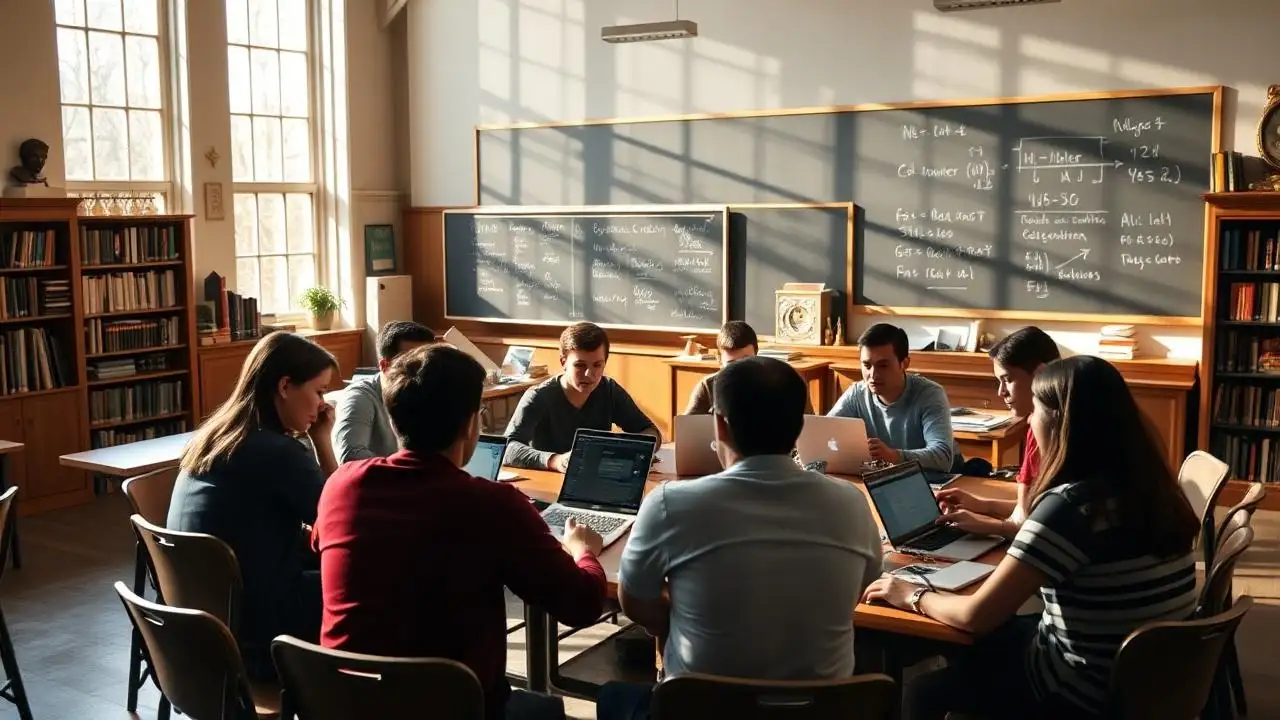
The Hidden Toll of Federal Funding Reductions on Families
As the new school year begins, families across the nation are once again faced with the familiar challenge of managing back-to-school expenses. However, this year, a significant factor has shifted — **federal education funding cuts** are intensifying the financial strain on households. These reductions ripple through public schools, forcing districts to make difficult choices that ultimately trickle down to families, impacting everything from supplies to extracurricular activities.
While policymakers often debate budget allocations at the federal level, the tangible consequences are felt most acutely in local communities. Families, especially those already facing economic hurdles, find themselves having to stretch limited resources further than ever before. The result? A back-to-school season marked by heightened financial stress and a looming sense of uncertainty about how to provide their children with the educational experience they deserve.
Understanding the Scope of Federal Education Funding Cuts
Recent reports highlight that federal funding for education has seen notable reductions. According to The Lever, federal allocations have diminished, leading to a ripple effect across local schools and districts.
Key points about these cuts include:
- Decreased funding for after-school programs and extracurricular activities
- Fewer investments in school infrastructure and safety measures
- Impacts on teacher hiring and retention
The Impact on School Districts and Educational Quality
School districts, especially those in underserved communities, rely heavily on federal funding to bridge gaps left by local taxes. When these funds are slashed, districts are compelled to make drastic cuts. Schools may have to reduce the number of teachers, limit course offerings, or cut back on extracurricular activities that are vital for student development.
**This creates a direct consequence for families:**
- Increased class sizes, which may compromise individualized attention to students
- Limited access to advanced placement courses or special education programs
- Fewer resources for innovative teaching methods and technology integration
Families Experience the Financial Squeeze
As school districts tighten their budgets, families bear the brunt of these austerity measures. The expenses associated with back-to-school shopping — including supplies, clothing, and electronics — have historically been a significant financial burden. Now, with the funding cuts exacerbating school resource limitations, the expenses are increasing in other ways, compounding the challenge for households.
Common back-to-school costs that families are struggling with include:
- School supplies such as notebooks, pens, backpacks, and art materials
- Clothing and footwear suitable for school environments
- Electronics like laptops, tablets, and educational software, especially as remote or hybrid learning models persist
- Fees for extracurricular activities, sports, and transportation
Economic Disparities Widening the Gap
The impact of these cuts is particularly severe for low-income families who already face hurdles in affording educational necessities. When school funding is inadequate, resources meant to support underprivileged students become scarce. The consequence is an educational environment where disparities widen, and the opportunity for quality education remains uneven.
For these families, the back-to-school period is not just about preparing children academically but also about making difficult decisions around expenses and opportunities. The stress of balancing essential costs can distract from focusing on what truly matters — providing a nurturing learning environment for their children.
Potential Long-Term Effects
The current trend of federal funding reductions could have long-lasting effects on the future of education and the socioeconomic mobility of students. Under-resourced schools and limited extracurricular options can hinder student engagement and achievement, affecting future career prospects and overall well-being.
Furthermore, the diminished quality of education due to resource constraints can impact the development of skills necessary for success in an increasingly competitive job market. Without adequate investment, the cycle of educational inequality risks deepening, leaving behind students who could benefit most from quality learning opportunities.
What Can Families and Advocacy Groups Do?
Advocacy and Community Engagement
In response to these challenges, families and community organizations are increasingly advocating for increased federal and state investment in public education. Campaigns aimed at raising awareness about the impacts of funding cuts seek to influence policymakers to prioritize education budgets.
Community groups can also offer support in various ways:
- Organizing fundraising initiatives to provide supplies and resources to schools in need
- Creating advisory councils that include parent voices to influence district decisions
- Partnering with local businesses for discounts and sponsorships benefiting students
- Engaging in local and national campaigns advocating for equitable school funding
Practical Tips for Families Navigating the Financial Squeeze
While broader policy changes are vital, families can also employ practical strategies to ease the financial burden:
- Start planning early to take advantage of sales and discount programs
- Utilize community resources such as local charities, churches, or nonprofits that provide school supplies and clothing
- Explore online platforms for secondhand or discounted educational materials and apparel
- Participate in school or district-sponsored programs that offer free or reduced-cost supplies and extracurricular opportunities
- Connect with other families to share resources and support networks
The Road Ahead: Building Resilience and Advocating for Change
The current landscape underscores the urgent need for a reevaluation of federal education policies. Ensuring adequate funding is not merely a financial matter — it is an investment in the future of generations of students. For families bearing the financial strain, collective advocacy and informed engagement are essential to push for meaningful change.
As the nation grapples with shifting priorities, the hope remains that policymakers will recognize the critical importance of education as a cornerstone of societal growth and equity. Until then, families will continue to adapt, stretch their resources, and advocate tirelessly for the investments necessary to support their children’s learning and well-being.
Remember, your voice matters. Community action can influence policy decisions that will shape the future of education for generations to come.
For more updated news please keep visiting Prime News World.









